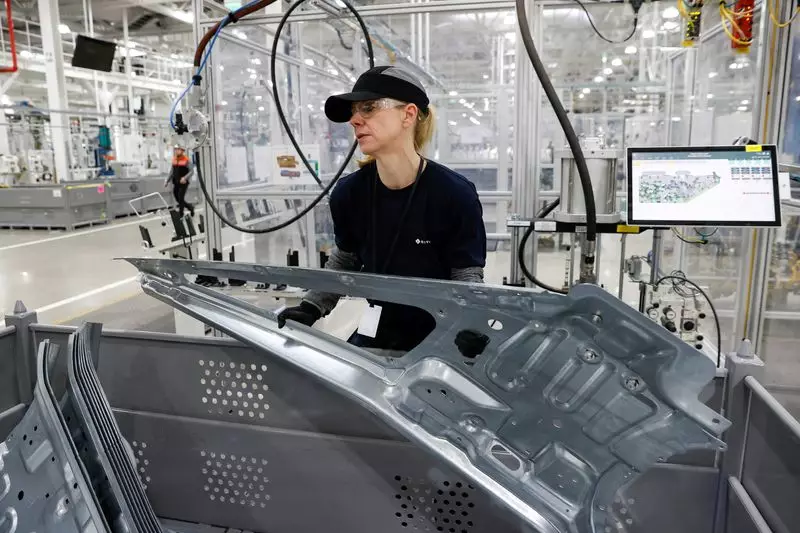In May, production at U.S. factories increased by more than expected, showing a 0.9% jump following a 0.4% drop in April. This rebound was better than the predicted 0.3% increase, which came as a surprise to economists. However, the sustainability of this momentum is questionable due to higher interest rates and weakening demand for goods in the market.
Despite the positive increase in factory output, there are underlying challenges facing the manufacturing sector. The Institute for Supply Management highlighted that companies are hesitant to invest in production due to current monetary policy and other unfavorable conditions. This reluctance to invest is reflected in the decline in spending on goods in the first quarter, which was the first dip in 1-1/2 years.
One of the major hindrances to manufacturing growth is the higher borrowing costs imposed by the Federal Reserve. With the benchmark overnight interest rate maintained in the 5.25%-5.50% range, businesses are finding it challenging to expand their operations and invest in capital expenditures. This has led to a lukewarm response from companies, affecting overall demand for goods in the market.
The increase in manufacturing output was driven by improvements in specific sectors. Motor vehicle and parts production rebounded by 0.6% after a decline in April, while durable goods manufacturing saw a 0.6% increase. Significant growth was observed in the output of wood products, machinery, computer and electronic products, as well as furniture and related items. Nondurable manufacturing also saw a notable increase of 1.1%, despite a fall in printing and support activities.
In addition to manufacturing, mining output climbed by 0.3% after two consecutive months of decline, while utilities production advanced by 1.6%. Overall industrial production accelerated by 0.9% in May, following an unchanged reading in April. Capacity utilization for the industrial sector rose to 78.7%, slightly below its long-term average. The operating rate for the manufacturing sector also increased to 77.1%, which is below its historical average.
While the increase in factory production in May was a positive sign, the challenges facing the manufacturing sector pose a threat to sustained growth. With higher borrowing costs, weakening demand, and reluctance in investment, the road ahead for the manufacturing industry remains uncertain. It is crucial for policymakers and businesses to address these issues to ensure a stable and prosperous manufacturing sector in the future.


Leave a Reply